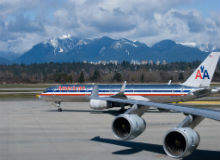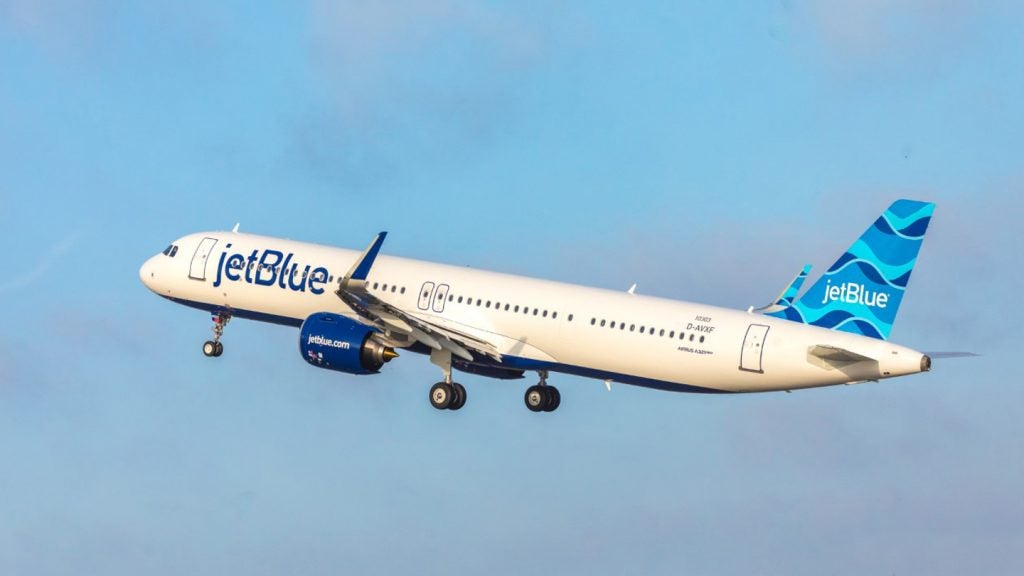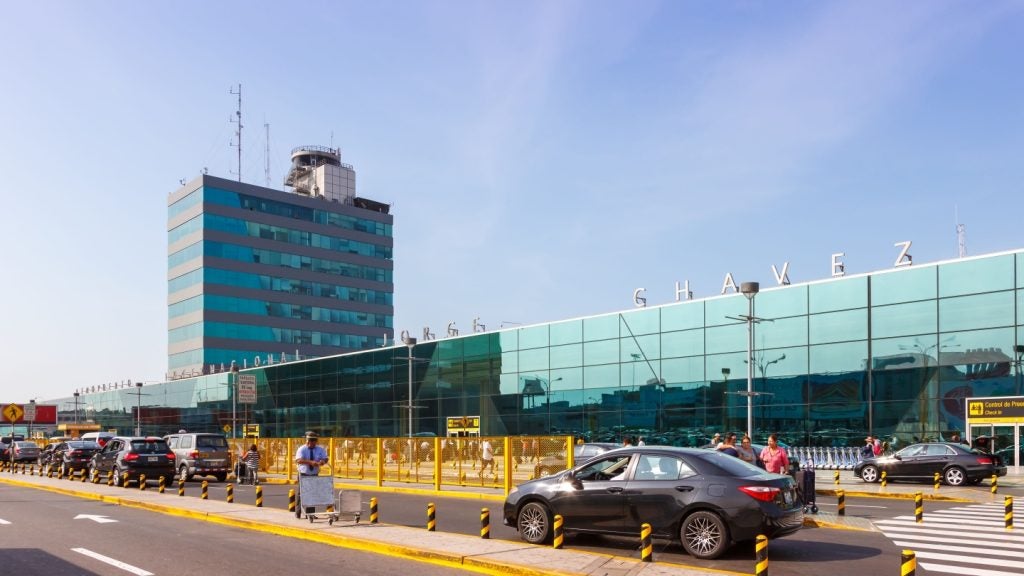

Produced by the University of Lincoln’s aviation engineering specialists and led by Dr Michal Weiszer, research fellow in the school of engineering, new research attempts to show how calculating the quickest and most fuel efficient routes could transform ground handling.
By using a database of pre-computed routes, consisting of ‘building blocks’ that can recreate any route airport taxi-way, the researchers claim that decisions could be made in real-time, also utilising the most appropriate speed instruction, or ‘speed profile’.
The building blocks represent small sections of the airport ground infrastructure. From this, Dr Weiszer and his team say a new algorithm can combine the building blocks and then generate the most suitable path.
"Our experimental results are based on existing data from Zürich airport, which is one of Europe’s major air traffic hubs, and they show that our proposed approach would be very effective in speeding up the route-making process," Dr Weiszer told the University of Lincoln website.
See Also:
Gary Peters speaks to Dr Jun Chen, senior lecturer at Lincoln’s school of engineering and one of the lead researchers of the project, to find out more.
How well do you really know your competitors?
Access the most comprehensive Company Profiles on the market, powered by GlobalData. Save hours of research. Gain competitive edge.

Thank you!
Your download email will arrive shortly
Not ready to buy yet? Download a free sample
We are confident about the unique quality of our Company Profiles. However, we want you to make the most beneficial decision for your business, so we offer a free sample that you can download by submitting the below form
By GlobalDataGary Peters: Can you talk me through the idea behind the research and the processes you took?
Dr Jun Chen: The initial idea is from the fact that a lot of research looks at what we call external factors of aircraft, including interactions with a cohort of aircraft and airport regulations. They normally assume a constant speed for aircraft to move along the airport surface, and based on that the movement of the aircraft can be coordinated.
It’s not a very efficient way of doing things, as they ignore internal factors of the aircraft, including aircraft engine performance and individual airframe dynamics.
At Scandinavian airports, continuing safe operations in the face of heavy snow is a necessity and a point of pride.
Starting from this point, we thought that if we could investigate, not only the interactions between aircraft, but also the performance of each individual aircraft and start to coordinate groups of aircraft on the surface based on both internal and external factors, it might be more efficient and also facilitates us to investigate how efficient they are in terms of taxiing time and aircraft surface movement.
This means that we can now look at detailed emissions and fuel consumption for surface movement; they are important factors as well and previous research can only estimate them on an averaged basis.
GP: The new system is built on a database of pre-computed routes. What is the data that goes into this and how does your research use the data?
JC: The database is something that enables our research. In the early stages of the research we found that we could start to consider individual speed, engine performance, and start to think about pilot behaviour within cockpits.
However, normally, the optimisation for individual aircraft is quite time consuming and is not very good for airport real-time decision support systems.
We think there is a necessity to add an extra layer between the optimisation of the internal factors and the final decision-making process concerning both internal and external factors. We believe this can speed up the route-planning process.
The database [will] speed up the decision-making process and so we can use it for real-time decision making. The database consists of what we call building blocks, which are key segments of the airport and from which the complete airport layout can be recreated.
If speed profiles of aircraft for these building blocks can be pre-computed, and we can put that information into a database, when it comes to the decision-support stage, what we will do is to combine different building blocks with different speed profiles to recreate complete speed profiles (or what is normally called 4-Dimensional Trajectories) for an allocated route.
GP: What are the main benefits of a system such as yours?
JC: There will be multiple benefits. I believe it can reduce uncertainty, thanks to greater precision, and increase capacity of an airport, and improve safety standards.
The second is if we have detailed speed profiles during the taxiing process, we can compute and start to understand fuel consumptions and associated emissions. So, we can discover whether the current operation of an aircraft instructed by the controllers is the best practice in terms of all the objectives, and how we can improve this within the context that there are other aircraft moving around at the same time.
GP: So, is a reduction in emissions is potentially the most beneficial aspect?
JC: Each benefit is important. If we can improve precision, reduce buffer time, this will increase capacity, and capacity is the key for airports.
[In terms of] emissions and fuel consumption, we can reduce fuel consumption and this will have an environmental impact.If we think about collaborative decision making, when we have all of these objectives, we can come up with a decision system that can make the decision representing different stakeholders’ requirements.
GP: What challenges have you encountered?
JC: One of the challenges is that the research we have done so far is based on simplistic aircraft engine performance and airframe dynamic models.
In order to make the speed profiles realistic for pilots to follow, it’s necessary to have realistic aircraft engine and airframe models.
Also, in the optimisation stage, as we are moving from one objective to multiple objectives, it becomes more complex and time consuming.
In the current research we considered two objectives; time and fuel consumption. We can manage this, but we are not sure if the objectives will increase to include other factors and how the current algorithm can cope with this.
We would like the instructions [from the system] to be given to the pilot, so how we actually display the instructions so it’s easy for the pilot to follow [is another challenge].
GP: What comes next for your research?
JC: The next step is to answer the challenges that we have; so the realistic modelling of aircraft engines performance and airframe dynamics will be one of the key elements of new proposals.
More realistic models will help us quantify emissions, fuel consumption and always come up with realistic speed profiles for different aircraft.
Edinburgh Airport has just begun a trial into a new flight path for departing aircraft.
We also need to satisfy different stakeholders and have an efficient optimisation algorithm to cope with different objectives. This will include working with airports and other stakeholders within airport operations.
From this we will feedback key information so that we can start to model airport operational economics, such as airport opportunity costs, aircraft maintenance cost. These will be the objectives to be optimised and we will investigate how the objectives may increase from two to three or three to four.
GP: If it was used as a live, functioning system, how and when might that happen?
JC: Our prediction is [that it could be used] in 10-15 years. Furthermore, we will probably see a move from the current process to a more automated process [within the next 20 years.].
Relevant staff would need to be trained to cope with the changes, so it’s hard to say at the moment. But, my feeling is that the industry is quite keen to move in this direction, to make it more automated.
We can start by working more closely with different stakeholders, and not only just airports, we need to include others such as aircraft engine manufacturers.
The work we are investigating represents a staged approach. Although the methodologies we proposed enable fully automated airport surface movement, it could be used in a semi-automated way where pilots are still included in the control loop via flight deck automation systems. This is more likely to happen in the near future.
GP: In your opinion, how crucial are developments and ideas such as yours to ensure that the industry does move forward?
JC: It’s very crucial, especially for the western world, in Europe and the UK, where new infrastructure and expansion is difficult due to many constraints.
It is crucial for European countries and the UK because, in terms of increased capacity, we have to look at operation procedures. What is the best way to improve efficiency? Also, there are environmental requirements that need to be considered.
We need to fulfil these requirements, but also at the same time not compromise capacity.
[For our research] we are moving away from just optimising aircraft sequencing and start and end times. We think we can improve the precision of aircraft movement and see a reduction in fuel consumption at the same time.





